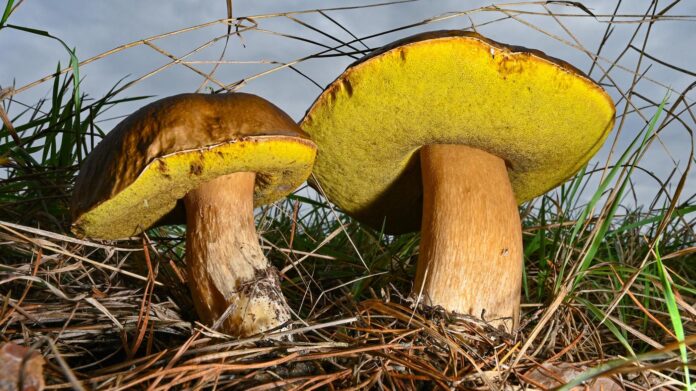
Almost 40 years after the reactor disaster in Chernobyl According to the Federal Office for Radiation Protection, mushrooms in some regions of Germany are still radioactively contaminated.
Because the amount consumed is also crucial for the radiation dose in mushroom meals, experts consider “moderate consumption” to be harmless throughout Germany, as the authority announced on Tuesday in Salzgitter at the Publication of their current mushroom report announced.
Especially in the Bavarian Forest and the surrounding areas, in the Donaumoos southwest of Ingolstadt, in the Mittenwald region and in the Berchtesgadener Land Some types of mushrooms can therefore still exceed the limit for caesium-137. This limit applies to mushrooms sold in stores, but not to mushrooms collected by the person themselves. It is 600 becquerels of caesium-137 per kilogram of fresh mass. The unit becquerel indicates the number of radioactive decays per second.
High levels of caesium-137 are primarily the result of the Chernobyl reactor accident in 1986. At that time, large amounts of radioactive substances were distributed across Europe via the air. In comparison to the rest of Germany, a particularly high amount of caesium-137 was deposited in the regions mentioned. Wild mushrooms also contain caesium-137, which was released during above-ground nuclear weapons tests in the 20th century.
The Federal Office publishes current measurements every year in its mushroom report. To do this, the experts examine wild edible mushrooms from selected locations for their caesium-137 content.
There are clear differences depending on the type of mushroom and the cesium contamination of the soil at the collection site. The most common mushrooms in measurements over the past three years were the stump mushrooms and the red-brown stump mushrooms. (epd)
